Importance of Pattern Making in Fashion Design
Every garment begins with a carefully crafted pattern.
Pattern Making transforms creative
fashion concepts into precise technical blueprints for garment construction. It is the process of drawing the shape and size of each part of a garment. These pieces are then used to cut the fabric before stitching. Without this step, it's hard to get the right fit or look.
Pattern Making connects design and stitching. Designers create the look, but pattern makers plan how it will be made. They make sure the design can be stitched properly and worn comfortably. It's a quiet part of fashion, but without it, no outfit would come out right. Pattern making makes fashion possible.
Historical Roots & Evolution of Pattern Making
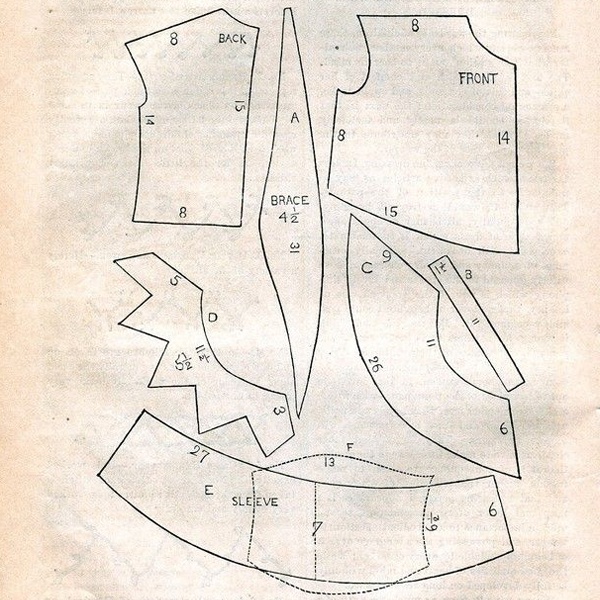
Traditional methods began with pencil and paper. Designers used to draw every shape by hand, measuring carefully to get the right fit. It was slow and needed a lot of skill. Even a small mistake could change how the final outfit looked. In those days, tailors relied on simple tools like rulers, measuring tape and tracing paper. Patterns were often made for one person at a time, so accuracy was very important. A clean, correct pattern meant less fabric wasted and a better fit.
Today, the process is faster. Many designers now use computers to make patterns. Digital tools help them draw, change sizes and test how clothes will fit. It saves time and helps avoid mistakes. Still, even with technology, accuracy matters just as much. A pattern must match the design and measurements. Whether it's drawn by hand or made on a screen, it must be correct. Pattern making has changed a lot over time. But its role in
fashion design stays the same. It helps turn ideas into clothes that fit well and look right.
Why Pattern Making is important in Fashion Design
This crucial process transforms creative concepts into tangible garments through precise technical planning. Without it, the design stays on paper. It ensures precise shape and optimal fit. A good pattern makes sure the garment sits well on the body and looks neat. This avoids common problems like loose shoulders or uneven lengths. Pattern making also keeps things the same when making many pieces of the same design. This is helpful in mass production, where every item needs to match in size and style.
Another big advantage is saving fabric. With the right pattern, there is less cutting error and less waste. This saves both time and money during production. In short, pattern making helps turn design ideas into clothes that fit well, look right and are made with care and accuracy.
Types of Pattern Making Techniques
There are different ways to create patterns in fashion design. Each method is useful in its own way. Let's look at the most common techniques.
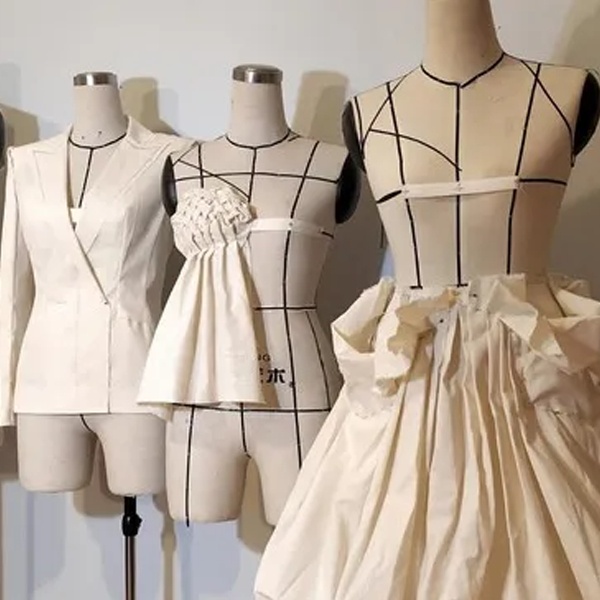
- Drafting - Drafting is done using body measurements. You use a measuring tape to note down the size of the body. Then, you draw the pattern on paper based on these measurements. This method gives a perfect fit and is mostly used when designing clothes for a specific person.
- Draping - Draping is done by placing fabric directly on a dress form. The fabric is pinned and shaped until the design looks right. This method helps you see how the fabric falls and moves. It is often used for creative or flowy garments.
- Flat Pattern Making - Flat pattern making starts with a basic pattern, called a block. This block fits the body well. Designers then make changes to this block to create different styles. It saves time and keeps the fit correct while trying new designs.
- Traditional v/s Modern Methods - Earlier, all patterns were made by hand. It took more time and effort. Now, many designers use software to create and adjust patterns quickly. Even though technology is faster, many still use hand methods for better control and feel.
Why Pattern Making is Important for Fit & Function
A good pattern helps clothes fit well. It gives the right shape and support, so the garment sits properly on the body. Without it, clothes may feel tight, loose, or uncomfortable in the wrong places.
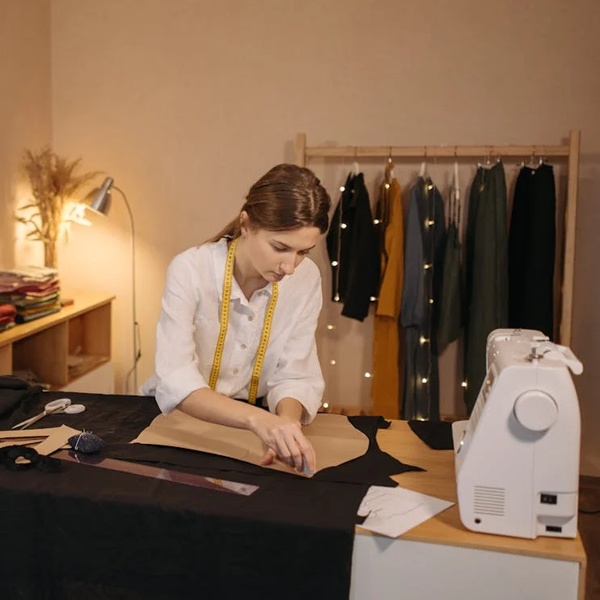
- Helps the Body Move Easily - When the pattern is correct, the person wearing the outfit can move without any trouble. It allows space where needed, like under the arms or around the knees. This means you can walk, stretch or sit without adjusting the outfit again and again.
- Works for All Body Shapes - People have different body types. Some are tall, some short. Some have broad shoulders, others have narrow hips. A well-made pattern helps adjust the design for different shapes and sizes. It makes sure the garment fits many kinds of bodies without looking odd.
- Saves Time and Fabric - Pattern making helps avoid mistakes. When the pattern is right, there is no need to keep changing the garment again and again. This saves time and avoids fabric waste. The stitching becomes easier and the final result is more accurate.
- Makes the Garment Look and Feel Better - A well-planned pattern not only gives a better shape but also adds comfort. The garment fits well, feels right and looks neat. That is why pattern making is a key part of fashion design.
Tools & Skills Needed for Pattern Making
To start with pattern making, a few tools are always needed. The main one is pattern paper. This is where all the shapes and markings are drawn. Then comes the measuring tape to check body sizes and fabric lengths. Rulers help draw straight lines and a French curve is used to shape curves like
necklines and armholes. A notcher is used to mark important points on the paper. Pattern weights are also useful to keep the paper in place while cutting.
Along with tools, certain skills are also important. A good understanding of geometry helps in drawing shapes correctly. Precision is needed so that the pattern matches the body size properly. Attention to detail is also important because even a small mistake can change the fit of the garment.
Lastly, knowing about different fabrics helps a lot. Some fabrics are soft, some are stiff and some stretch. The type of fabric can change how a pattern is made. These tools and skills help make sure the pattern is correct and the final dress fits well.
Pattern Making & Garment Production
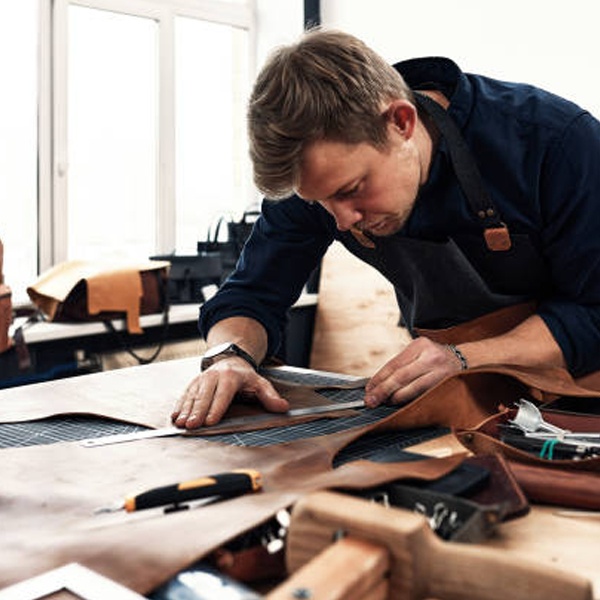
- Why Every Mark Matters - Patterns are not just outlines. They carry small but important details. Seam allowances give extra space for stitching. Grainlines show the right fabric direction. Darts help shape the garment to fit the body. Notches mark where two pieces should join. Each of these plays a role in how neatly a garment is made.
- From Pattern to Production - Once a pattern is ready, it's used to create the first sample. This sample helps check fit and design. If approved, the same pattern goes into full production. It tells the tailors what to cut, where to stitch and how the final piece should look.
- Making Patterns for All Sizes - One pattern is not enough. Clothes are made in different sizes. Pattern grading is used to increase or reduce the size of the original pattern without changing the design. Marker making then arranges all pattern pieces on fabric in a way that saves material and avoids waste.
- A Skill That Brings Accuracy - Pattern making may look simple, but it needs a sharp eye. It helps turn design ideas into proper clothes that fit well and last longer. It keeps the shape correct and the process smooth.
Computer-Aided Pattern Making (CAD)
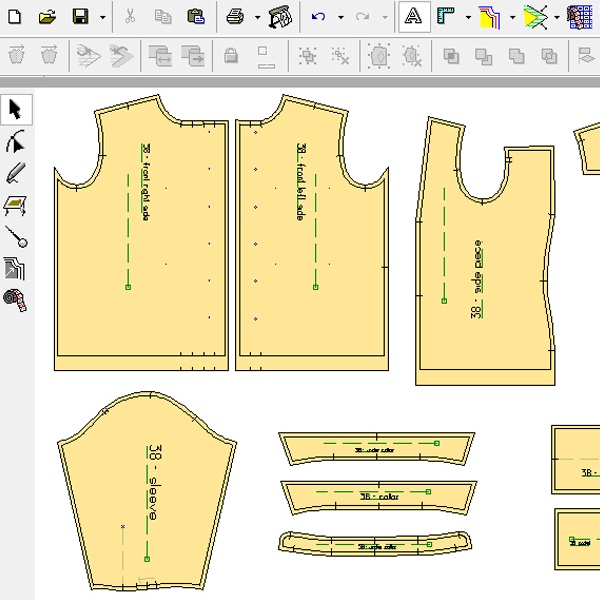
Computer-Aided Design (CAD) has changed the way pattern making works in fashion. Instead of drawing patterns on paper, designers now use computers to create them. It is faster, neater and much easier to handle.
Why CAD is Useful?
CAD saves a lot of time. A job that once took days can now be done in hours. It also helps make patterns more accurate. You can fix small mistakes without starting again. Changes like adjusting the size or shape are easy to do on screen. Everything is stored on the computer, so you don't have to worry about losing paper patterns.
Easy to Edit and Save
Making changes is simple. You can try different versions, compare them and choose the best one. All your work is saved safely in one place. You can open it anytime and continue from where you stopped.
Popular Software Used
Some of the most used software in the
fashion industry are Gerber, Lectra and TUKAcad.
- Gerber is known for speed and clean results.
- Lectra works well with detailed and complex patterns.
- TUKAcad is a good choice for both beginners and professionals.
CAD in Fashion Today
Most fashion studios and training centres now teach CAD. It is a key skill in modern pattern making. It helps designers work faster, with fewer errors and makes their work easier to manage.
Sustainable Fashion & Pattern Efficiency
Beyond achieving proper fit, this technical skill also helps reduce waste and protect the environment. Here's how it makes fashion more sustainable.
- Saving Fabric with Smart Layouts - When patterns are placed wisely on fabric, less material gets wasted. Smart layouts make sure pieces fit close together, leaving fewer gaps. This saves fabric and cuts down waste. It also lowers costs and helps the environment.
- Zero-Waste Patterns Help the Earth - Some designers use a method called zero-waste pattern making. It means they create patterns that use the whole fabric without leaving any scrap behind. Every piece fits together like a puzzle. This method reduces fabric waste and supports eco-friendly fashion.
- Digital Patterns Save Paper - In the past, pattern making used a lot of paper. Now, many designers use digital tools. They store patterns on computers, which means no printing is needed. This helps save paper, ink, and other resources. It also keeps the work neat and easy to share.
Career Opportunities in Pattern Making
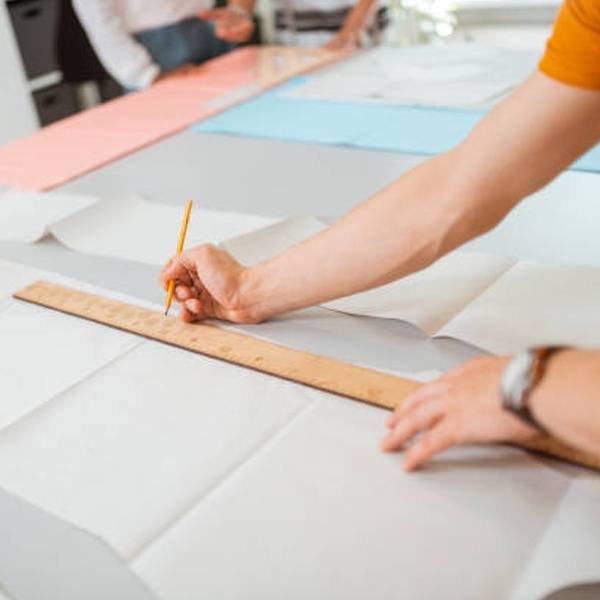
Career opportunities in this field include many jobs. It is a useful skill that helps turn design ideas into real clothes.
- One common job is a Pattern Master. They create patterns based on a designer's sketch. Their work helps tailors and sample makers understand how to cut the fabric.
- Another role is the Technical Designer. They check if the pattern is correct and make sure the clothes fit well. They also work with the team to fix any fitting issues.
- Some companies now use computers to make patterns. A CAD Pattern Maker uses special software to draw and adjust patterns. This job is good for those who are comfortable using digital tools.
- There are also Pattern Graders, who take one pattern and change it into different sizes. This is important when making clothes for shops. Along with them, Sampling Technicians help make the first sample of the design using the pattern.
- Pattern makers can also work on their own. Many people offer Freelance Pattern Making services. They create custom patterns for designers, tailors or small brands. Some even start their own small businesses by offering these services from home or online.
These jobs are needed in fashion houses, factories and design studios. With good pattern making skills, there are many paths to choose from.
This technical discipline transcends being merely a step in fashion design. It's where clear thinking and creativity work together. It uses science, maths and logic - but also lets you be imaginative. For students, learning pattern making is very important. It helps you understand how clothes are shaped and how designs come to life. When your basics are strong, you can create better styles and solve design problems easily. Pattern making also plays a big role in new fashion ideas. It helps turn fresh designs into real clothes that fit well and look good. If you want to grow in fashion, this is a skill you need to take seriously. Start with the basics. Practise often. Keep learning. With time, you will see how much of a difference good pattern making can make.
FAQ about Importance of Pattern Making in Fashion Design
1. How does pattern making help with garment fit?
A good pattern helps the garment match the shape and size of the body. It avoids loose or tight fitting and helps the garment feel comfortable.
2. What tools are used in pattern making?
Common tools include measuring tape, rulers, pattern paper, scissors, curve rulers, notcher and pencils. Some use computers too.
3. What is the difference between drafting and draping?
Drafting is done with measurements on paper. Draping is done by placing fabric on a dress form to shape it.
4. How is pattern making used in the garment industry?
It is the first step before making any garment. It helps workers cut fabric the right way and stitch it without mistakes.
5. What is flat pattern making?
It means taking a basic pattern and changing it to create a new style. It is used a lot in ready-made clothes.
6. What is a pattern block or sloper?
It is a simple pattern that fits the body with no design details. Designers use it as a base to create new clothes.
7. What is grading in pattern making?
Grading means changing the size of a pattern to make small, medium, large etc.
8. Can I learn pattern making without a fashion degree?
Yes. Anyone can learn it through books, online videos, or short courses. Practice is important.
9. What is CAD in pattern making?
CAD stands for Computer-Aided Design. It helps people make patterns on a computer instead of paper.
10. Which software is used for digital pattern making?
Some popular ones are Gerber, Lectra, TUKAcad, CLO 3D and Optitex.
It helps save fabric by planning how to cut pieces better. It also supports zero-waste designs that leave no scraps.
12. Is pattern making a good
Career?
Yes. Jobs include pattern maker, CAD designer, technical designer, and sample maker. You can also work freelance or start your own business.
13. How long does it take to learn pattern making?
You can learn the basics in a few months. It may take one to two years to get really good.
It's not a must, but knowing it helps designers plan better clothes and work well with tailors or production teams.
15. Can pattern making improve garment quality?
Yes. A proper pattern reduces mistakes, improves fit, and makes the final garment look better.
16. What is seam allowance in pattern making?
It's the extra space added around the edges of a pattern for stitching.
17. What is marker making?
It means placing all pattern pieces on fabric in a way that reduces waste before cutting.
18. Is pattern making the same for men's and women's clothes?
No. Patterns change based on
body shape. Men and women have different measurements and fit needs.
It's a way to design clothes so no fabric is wasted. Every piece of fabric is used in the pattern.
20. Are there online courses for pattern making?
Yes. Many websites offer beginner and advanced courses. You can learn at your own pace.
21. Can pattern making help in tailoring?
Yes. Tailors use patterns to make custom clothes that fit a person's body properly.

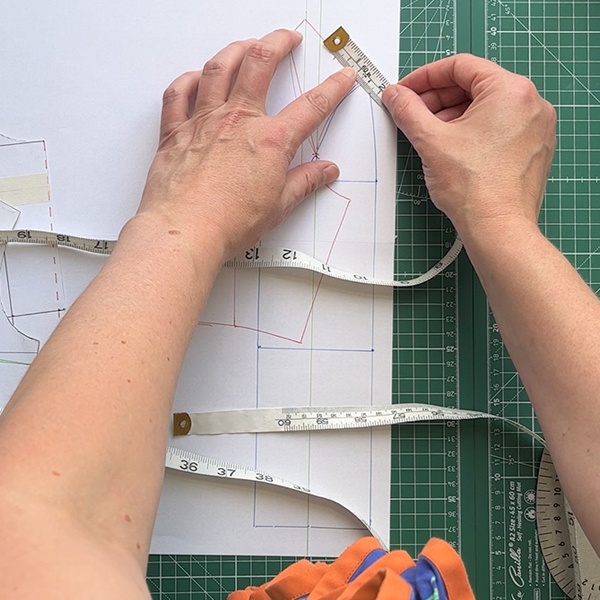

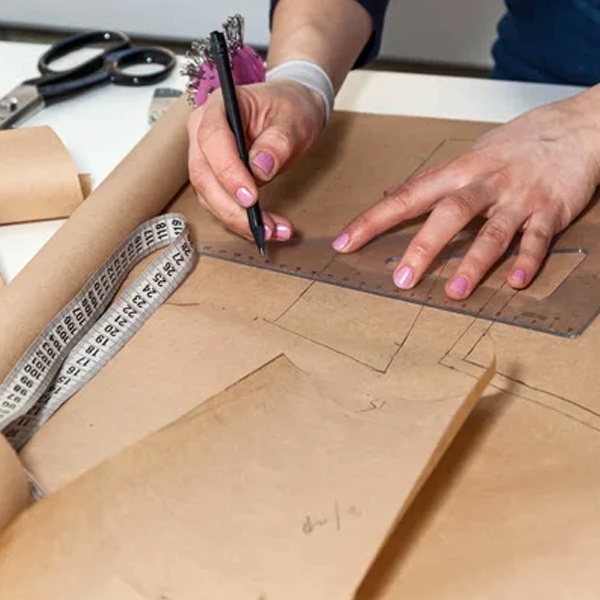


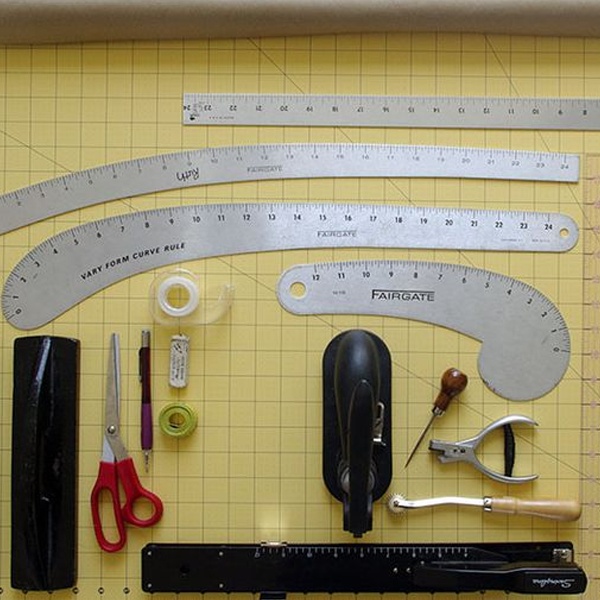


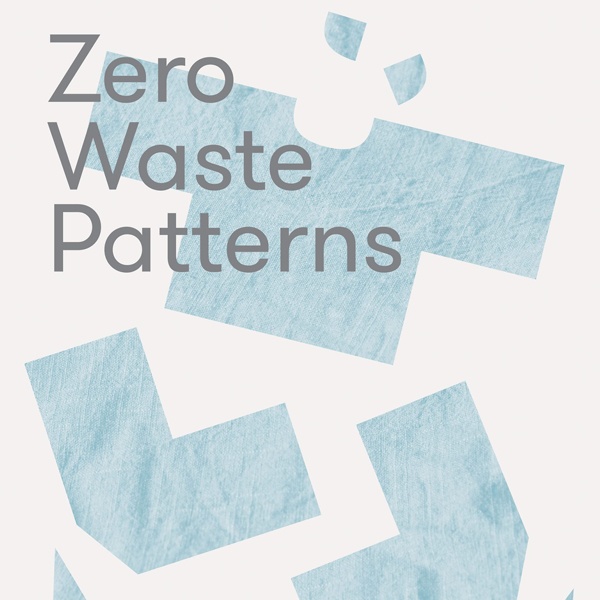

 CONTACT USWaves Institute of Fashion Designing,
CONTACT USWaves Institute of Fashion Designing,